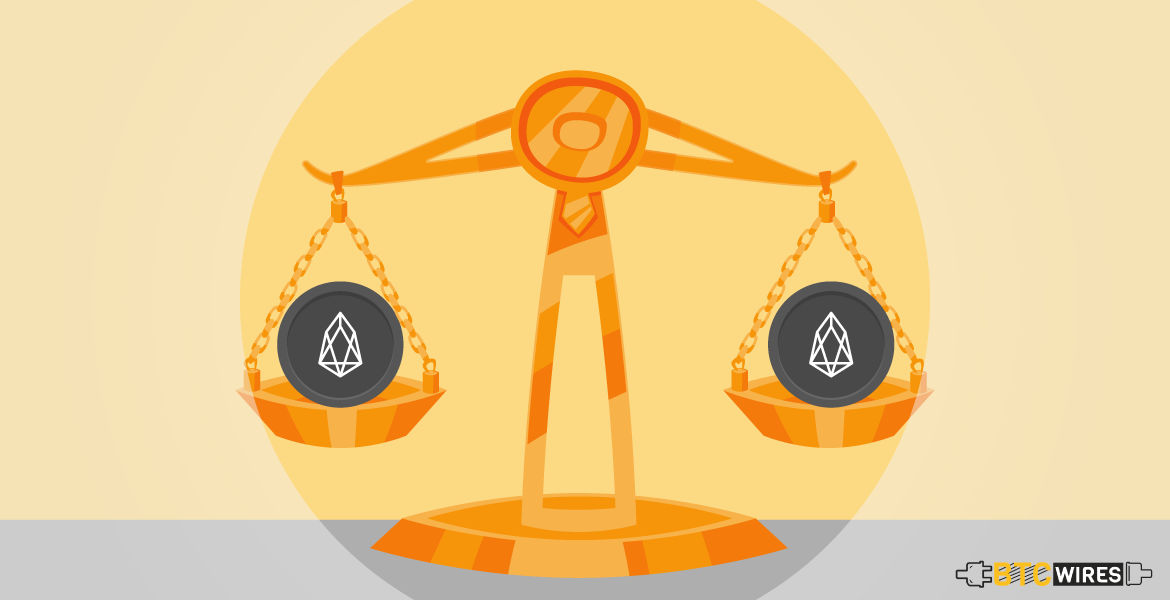If you have read our guide to EOS cryptocurrency, you

If you have read our guide to EOS cryptocurrency, you would know that it is based on a platform commonly touted as the “Ethereum Killer”. Clearly, this platform must have done something of great worth to have earned the moniker. At the same time, however, as all good things come with a caveat, EOS also has certain cons. In this article, we take a look at the pros and cons of EOS, a blockchain platform meant for dApp development and more:
Pros of EOS
The EOS platform puts together a stable, user-friendly offering that dApp developers and ICOs can count on. In this list, we sum up the ways in which EOS makes it worth known:
1. EOS is Extremely Convenient for Developers:
EOS is designed in such a way that it makes it extremely easy for developers to work with. It has a web toolkit and inbuilt functionalities such as role-based permission systems. With these tools, a developer can put together dApps or decentralized applications rather easily.
2. EOS Tokenizes Governance Access:
Anyone who holds an EOS token can become eligible to participate in the voting process meant to determine how the governance on the chain should work. The stakeholding is proportionate to the amount of tokens held. These tokens also ensure access to an equivalent amount of bandwidth on the blockchain network.
3. A Self-sufficient Reward Model and Fee Elimination:
The EOS network is designed in such a way that it will have a fixed rate of inflation (set at 5%) each year. This amount will be used to pay miners for validating transactions and producing blocks and also to sponsor 3 dApp proposals that are chosen by consensus. As a result, the fees are practically eliminated on this platform.
4. Great Speed of the EOS Platform:
Using parallel processing technology, EOS is making sure the transactions are processed and validated very quickly. It is slated to be able to handle transactions numbering in millions each and every second.
Cons of the EOS Platform
Although EOS has many advantages, it has certain drawbacks that act as obstacles to its perfection. Let us have a look at the cons of the EOS platform:
1. Centralisation Concerns with EOS:
EOS governance is designed to have only 21 block producers at a given time and the overall running of the network is dependent on voting by stakeholders. The extremely small number of block producers as well as the possibility of low voter turnout calls the principle of democratic governance on the EOS platform to question. In addition, the fact that users cannot audit the network without running a full-node also makes decentralization claims a tad bit dicey.
2. Numerous Competitors of EOS:
EOS is quite the David to Ethereum’s Goliath when it comes to competition, although we do not know what the results of this competition will be. In addition to Ethereum, EOS also faces competition from networks such as NEO, RChain etc. This means that it must continuously up its game if it wishes to stay in contention.
Despite these cons, EOS is a great platform that creates an ecosystem for dApps and blockchain smart contracts to operate within, which makes it such a promising player in the industry.

